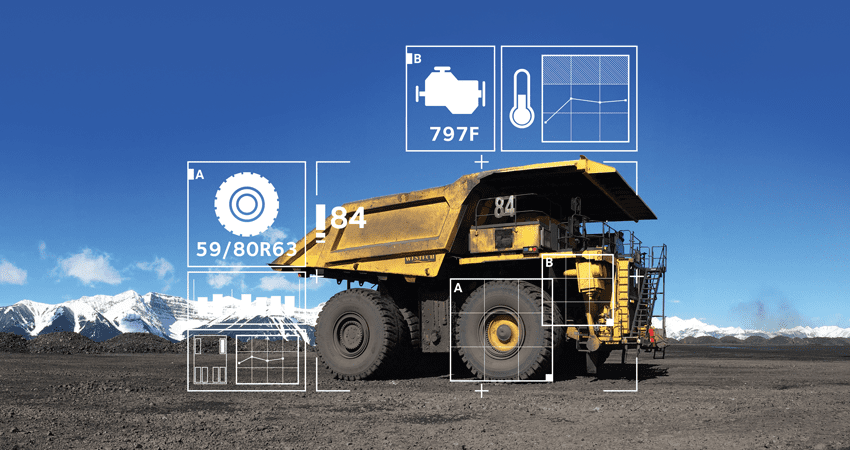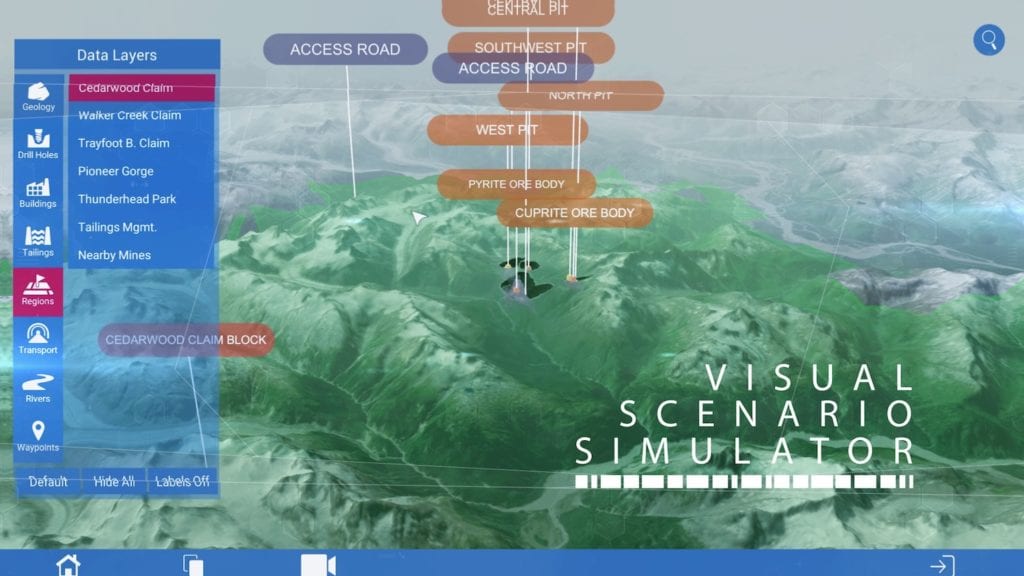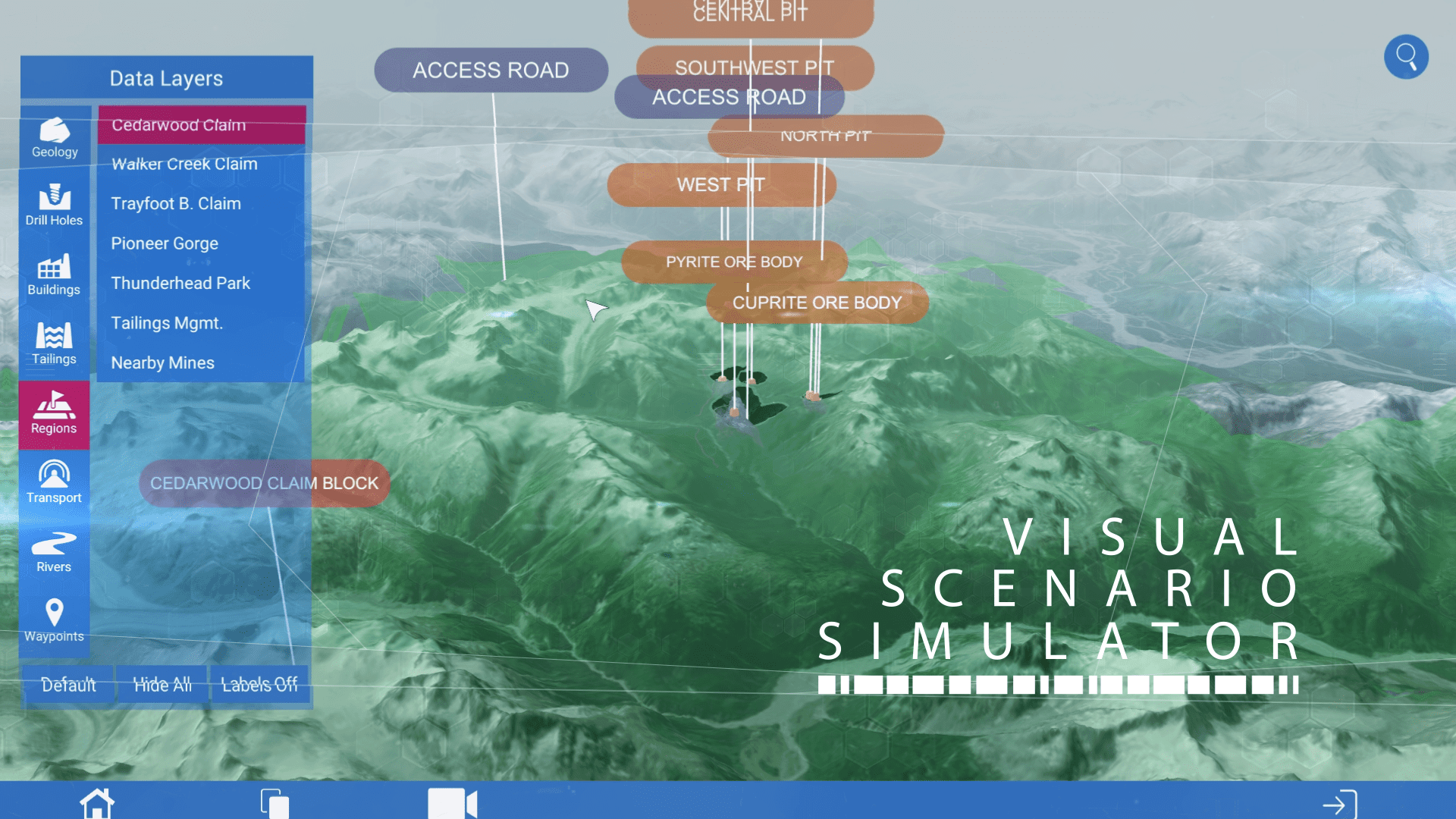For industrial leaders intent on reducing costs and seizing new business opportunities, digitizing their operations — and their machines — has become critical. The data that now flows from IoT-connected machines has, for many, become as important as the grease that keeps those machines running. From sensor-packed power plants that capture billions of data points per day to software that helps service leaders interpret that data, a slew of digital technologies help keep the lights on and airplanes flying.
But industrial firms whose equipment we see every day aren’t the only companies that are on a digital transformation journey. Remote and out of sight, mining operators are exploring how to add digital tools to their time-tested toolkits.
Mining companies, confronted during the past decade with unpredictable commodity prices, slim margins and labor shortages, struggle to keep their earth movers and drills operating in the black. That’s why firms like Teck Resources, Canada’s largest mining operator, are using everything from remote-controlled equipment to virtual reality to run smarter businesses—and to expand their global footprints.
Machine Learning, Remote Monitoring, Big Data: Digital Canaries to Prevent Downtime

Image: Teck Resources
As one of the world’s major extractors of copper, zinc and metallurgical coal used in steelmaking, Teck Resources’ employs more than 10,000 people at projects across Canada, the United States, Chile and Peru. The Vancouver-based company has developed a reputation for innovation in an industry known for its conservatism.
“The resource industry can be risk-averse because of very real safety concerns and the challenge of operating with slim margins,” says Charles Lavigne, CEO and co-founder of LlamaZOO Interactive, a technology partner on several Teck projects.
Teck uses big data and machine learning to identify and analyze data streams from gigantic (and expensive) haul trucks to predict maintenance issues before they happen. A vehicle breakdown costs time and, crucially, money, siphoning millions of dollars from the company’s already slim margins. No detail is too small. According to the company, sensors that remotely monitor wear and tear on the giant haul truck tires could save nearly $1 million per year.
But cost savings aren’t the only benefit. Teck has found that digital technologies can also help to improve worker safety and increase productivity “in the pit.” At one project, the company deployed a remotely-controlled dozer to access steelmaking coal in an area that would be hazardous for a human operator.
An operator controls the dozer using a joystick in a control cab with a view of the operating area. Four cameras mounted on the dozer beam video to monitors in the control cab, giving the operator a 360-degree view. Sensors also track the grade that dozers traverse and will automatically stop the machine if the grade becomes too steep.
Teck has found that digital technologies can also help to improve worker safety and increase productivity “in the pit.” At one project, the company deployed a remotely-controlled dozer to access steelmaking coal in an area that would be hazardous for a human operator.
The next step on Teck’s digital journey? An ambitious project to create interactive, 1:1 digital twin models of its projects. The models, created with LlamaZOO Interactive, a technology startup with roots in the video game industry, allow people to view mining projects, from initial planning stages to future projections about a mine’s scale and impact on the landscape, using virtual reality headsets.
Envisioning Growth — And Making It a Reality — With Virtual Reality
Organizations across the field service industry are exploring how virtual and augmented reality could reduce costs, improve productivity and even attract (and retain) talent.
Teck is no exception. The company, an early adopter of AR and VR in the mining industry, uses digital twin virtual models to slash the amount of time it takes to win approval for a new mine project—and to get the project up and running.
MineLife VR, a VR app that LlamaZOO developed in collaboration with Teck, allows company planners, project partners and other community stakeholders to virtually “walk” through a planned mine project that’s overlaid on a 3D map. The app includes detailed information about a proposed mine site, including the specific location of ore bodies, bore holes, equipment, facilities and even local flora and fauna based on scientific surveys.

A digital twin of a proposed mine project. Image: LlamaZOO
For mining companies like Teck, the virtual model is a powerful tool to determine placement for infrastructure and buildings in relation to the raw materials underground. The models are also useful for training purposes, allowing employees to virtually explore the facilities and equipment.
“By using MineLife VR, anyone with an Internet connection can visit the proposed mine site,” says LlamaZOO CEO Charles Lavigne. “You don’t need to fly people in to remote mine sites, which makes the planning and consultation process safer and less complicated. And more people can take a look at the mine and provide feedback.”
The ability to virtually include more people in the consultation process is crucial during the early planning phase of a new project.
“Until now it’s been difficult for mining companies to show community stakeholders who rely on the land for food, recreation and connection to their traditional culture what a planned mine might look like—and how it will impact the surrounding geography,” Lavigne says. That lack of information, he adds, can delay approvals for a new project.
One reason why companies aren’t able to share that information externally? It’s often buried in spreadsheets and legacy software.
Industrial firms in the oil and gas, forestry and agriculture industries now use LlamaZOO’s data visualization platform to unearth previously hidden information, but mining operators like Teck provided the proof of concept, Lavigne says.
“It can be a leap of faith to invest in technology,” Lavigne says, “but many resource companies understand that without moving forward and embracing Internet 4.0, they will be out of business.”


Cool D.